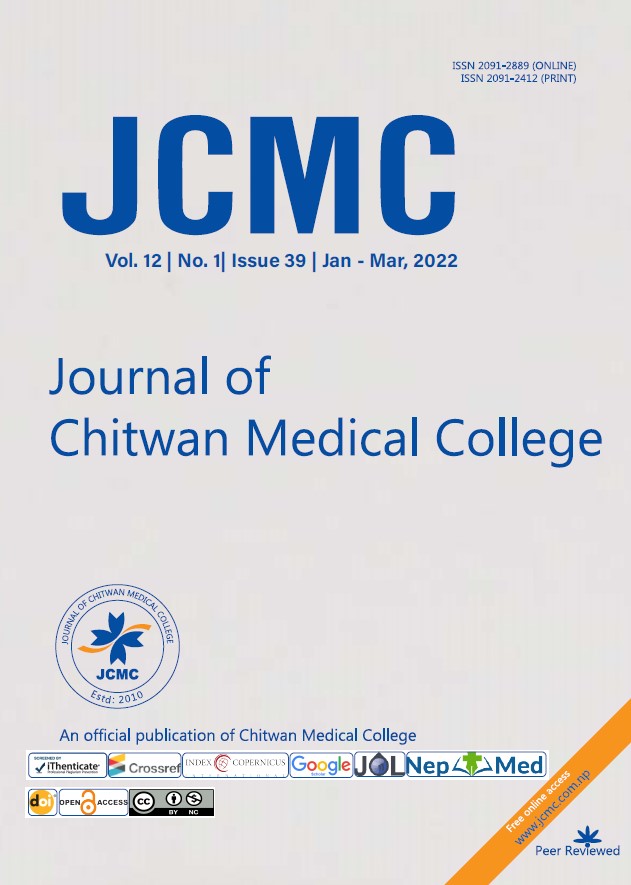Hemodynamic responses between I-gel and endotracheal tube in patients undergoing laparoscopic surgeries
Keywords:
Endotracheal tube; Hemodynamic response; I-gel; Laparoscopic surgery.Abstract
Background: Laparoscopic surgeries are commonly performed under general anesthesia using endotracheal intubation. Laryngoscopy and endotracheal intubation cause exaggerated hemodynamic response which may be detrimental to hypertensive patients and those with cardiac issues. I-gel, a second generation supraglottic airway device mitigates this effect and can be safely used under general anesthesia.
Methods: This was a prospective comparative study consisting of 64 patients undergoing laparoscopic surgery. The patients were divided into endotracheal tube group and I-gel group, each group with 32 patients, which was done according to convenience sampling method. Patient’s baseline heart rate, systolic, diastolic and mean arterial blood pressure was recorded. These parameters were recorded at one, three and five minutes of placement of airway device, after creating caboperitonium and after extubation which were compared statistically.
Results: Exaggerated hemodynamic response was observed in endotracheal tube group after endotracheal intubation and immediately after extubation as compared to I-gel group which were more stable. However, both the group had similar hemodynamic response during carboperitonium.
Conclusions: I-gel can be safely used in laparoscopic surgeries under general anesthesia and also lessens the hemodynamic response as compared to endotracheal tube during laryngoscopy and intubation.
Downloads
Downloads
Published
How to Cite
Issue
Section
License
Copyright (c) 2022 Kiran Adhikari, Kriti Devkota, Bharati Devi Sharma (Regmi)

This work is licensed under a Creative Commons Attribution 4.0 International License.




